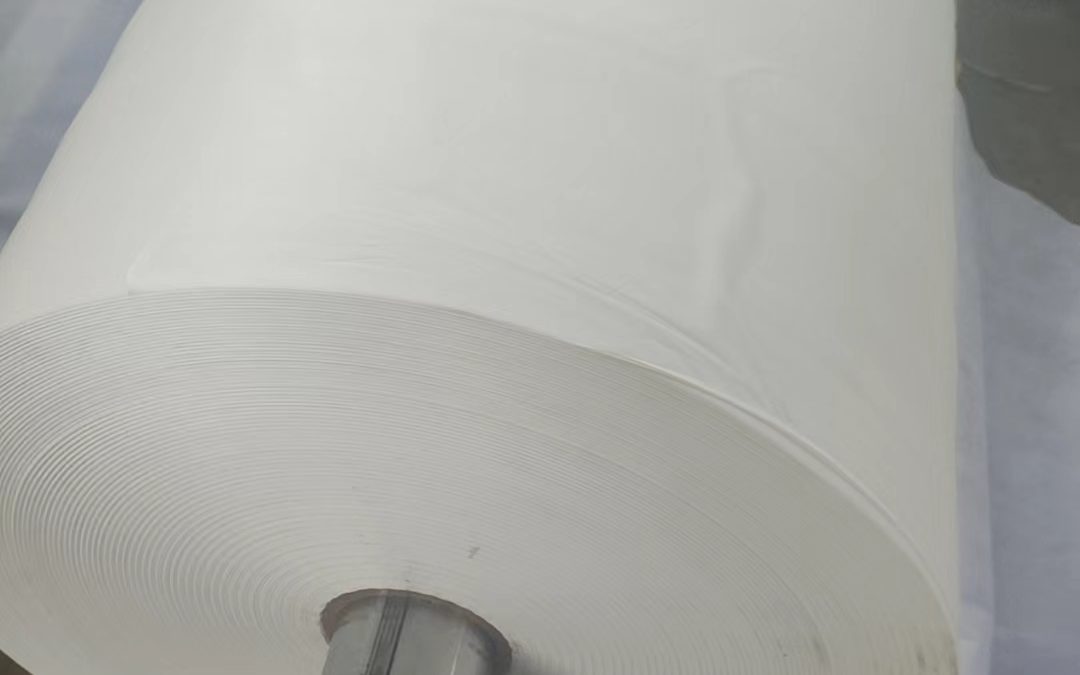Breakthrough in Breathable Membrane Technology Promises Wide-Ranging Applications
In recent years, the development of breathable membranes has seen significant advancements, promising to revolutionize various industries. Breathable membranes, known for their ability to allow gas molecules to pass through while blocking liquids and solids, are finding applications in fields ranging from medical to environmental sectors.
Key Features and Applications
Breathable membranes are characterized by their microporous structures, which enable the transfer of water vapor while preventing the passage of liquid water. This unique property makes them ideal for applications where both breathability and waterproofing are essential. For instance, in the medical field, these membranes are used in wound dressings and surgical gowns to prevent infections while allowing the skin to breathe1.
In the textile industry, breathable membranes are incorporated into outdoor and sportswear, providing comfort and protection against harsh weather conditions. These membranes are also used in the production of protective clothing for military and industrial workers, ensuring safety and comfort in extreme environments2.
Recent Innovations
Recent innovations in the preparation of breathable membranes have focused on enhancing their performance and expanding their applications. Techniques such as blown film extrusion, cast film extrusion, phase separation, and electrospinning have been employed to create membranes with improved properties. These methods allow for the precise control of pore size and structure, resulting in membranes that are more efficient and versatile1.
One notable development is the creation of environmentally sustainable, fluorine-free breathable membranes. These membranes are designed to reduce environmental impact while maintaining high performance. For example, a new type of breathable membrane made from polydimethylsiloxane (PDMS) and polystyrene (PS) nanofibers has shown promise in large-scale CO2 absorption applications, such as in membrane contactors for post-combustion CO2 capture in power plants3.
Future Prospects
The future of breathable membranes looks promising, with ongoing research aimed at further improving their functionality and expanding their applications. Researchers are exploring the use of advanced materials and nanotechnology to create membranes with enhanced properties, such as increased durability, higher breathability, and better resistance to environmental factors1.
Moreover, the integration of breathable membranes into wearable technology is an exciting area of development. Flexible and breathable sensors made from these membranes have significant potential in healthcare, body motion tracking, and gas detection3. These innovations could lead to the creation of smart clothing and devices that monitor health and environmental conditions in real-time.
In conclusion, the advancements in breathable membrane technology are paving the way for a wide range of applications across various industries. As research continues, we can expect to see even more innovative uses for these versatile materials, contributing to improved safety, comfort, and environmental sustainability.

